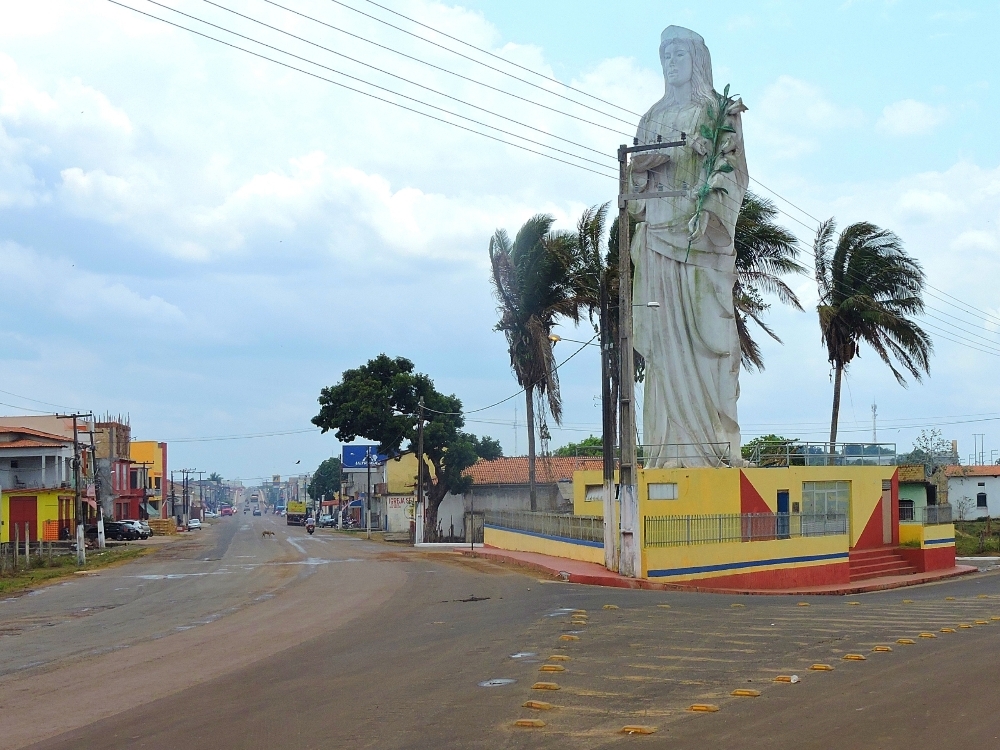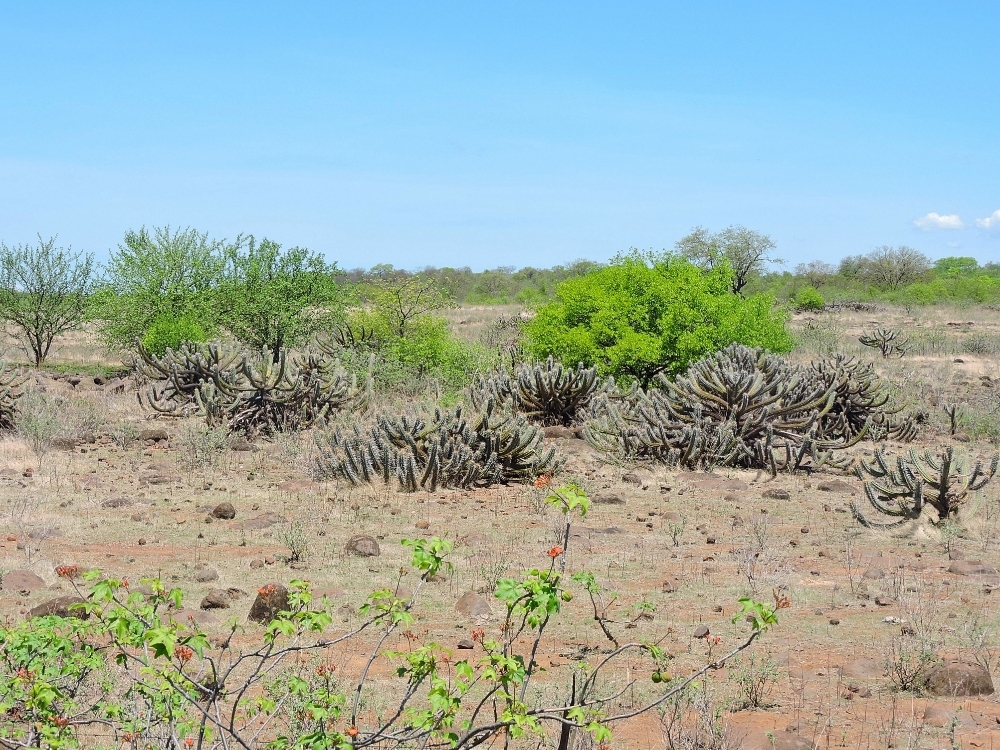Because the first several months of the World2 Tour involved many disparate locations, often involving crossing a body of water, and an unfortunate dependence of non-cycling modes of transport, my schedule during that time was uncharacteristically and unpleasantly scripted in advance. Therefore I was certainly looking forward to my longest planned segment in South America, and the opportunity to return to a set-the-schedule-on-the-go routine that would be more relaxed and more in keeping with my traditional style of touring.
Of course, once again circumstances conspired to remove any sort of situation that would allow me to take things easy for a while on this Tour. After falling several days behind schedule in the Caribbean, losing a few more in the Guianas, and one or two on the Amazon, I now had just exactly enough days to reach all the places I hoped to visit before my next hard deadline, sixty-five days later, without killing myself in the process, though such an occurrence could, in all honestly, not be completely ruled out.
I had also been looking forward to returning to the practice of camping, in what is one of the lesser-populated regions of Brazil and, in the process, counterbalancing my recent spate of budgetary overruns. Unfortunately, I soon discovered that the damage my tent received during the Ant Attack in Rondônia was much worse that I had originally realized. I addition to the sliced-up area in the netting at the head end, there were two more zones equally damaged at the foot end. I hadn’t purchased enough glue to repair more than one area, and, as of now, the tent is still non-functional. Fortunately, even the smallest of towns in this region usually has at least one decent place to stay that is adequate, and more importantly, affordable. So, this section changed in style to an indoor-only affair.
That may have been for the best after all because during the last weeks of the region’s Dry Season the heat had really become oppressive, with temperatures reaching 40 C by ten in the morning almost every day. I have dealt with high temperatures before while on tours and though I never enjoy them, I usually can get by. However, only once that I can remember, in central Australia, have I encountered more consecutive days under such an infernal flux of solar energy. In that regard, I actually didn’t mind being forced inside where I could cool off quickly each night. With all of these factors in play this section of the route became one to be endured more than enjoyed, and while I have also experienced those before, I was not really expecting such a situation here.
Departing Belem and heading towards São Luis, one traverses a region of degraded forest that still appears faily lush in places. The terrain is generally mild and I had hoped to gain a day or two on my schedule there. However, I still had some lingering effects of the brief cold I caught in Santarem, specifically a distinct loss of appetite, which, combined with the heat, caused me to stop short more than once, resulting in one of the slowest cycling paces I have ever put down over a section involving only paved roads. This can be seen by the spacing of the waypoint markers on the map on the home page. While I always found a place to spend the night when I needed one, those were never in one of Brazil’s more visually appealing localities, as the cities and towns in this region, while friendly enough, and with adequate services, have generally been built without much thought to either general functionality or esthetic appeal. This can be seen in the image below of the approach to the town of Santa Helena, which outshines most other places thanks to the statue, but in all other respects presents an equally grim appearance.

Turning south the route passed through progressively more arid regions, becoming first palm savanna, and then entering one of Brazil’s unique ecoregions, the Caatinga. That name derives from an indigenous word meaning white forest,
but today we would more distinctly refer to it as a xeric shrubland. This semi-arid biome in some places reminded me of the Chihuahuan or Sonoran deserts, in others the plains of central Australia, and occasionally the miombo woodlands of south-central Africa, so, a little bit of everything that is dry. While cycling through such environments can be rewarding at times, the drawback is that there is little shade provided by the low, shrubby vegetation, which only amplifies the stress of an already hot day.


Only in areas where the terrain was a little more vertical would a more welcoming forest be found.

One positive aspect of this section was that, at least most of the time, the roads I would use were of a reasonable quality. In some cases, I was pleasantly surprised that renovations had been completed since the last time Google Maps had imaged their surfaces. There was one notably bad road with heavy traffic south of São Luis that I simply had to deal with, and another north of Salvador that I chose to route away from, but there were also a reasonable number of quieter backroads, which was helpful. In one case, I foolishly began one day by using the wrong highway, and, given the notable lack of adequate signage in this region, I did not realize the error until it was too late. Fortunately, the route I was on turned out to be equidistant to my original plan, and likely possessed a better surface and carried less traffic, proving that sometimes it’s better to be stupid and lucky than constantly aware.
In the end, I kept to my planned schedule right up to the reroute I made to get off that bad highway near the end. That change put me a day behind, so I stopped at the edge of the Salvador urban area, and took a bus into the city. As is often the case that may have been a good idea anyway, since the cycling conditions there seemed quite poor. With that I had only a week with two side trips without the bike, which would be appreciated given my level of exhaustion, and one more short cycling section upcoming before my next major transfer to a new part of the World. Once again, that final section seemed to be appealing, but it too would get off to an inauspicious start.